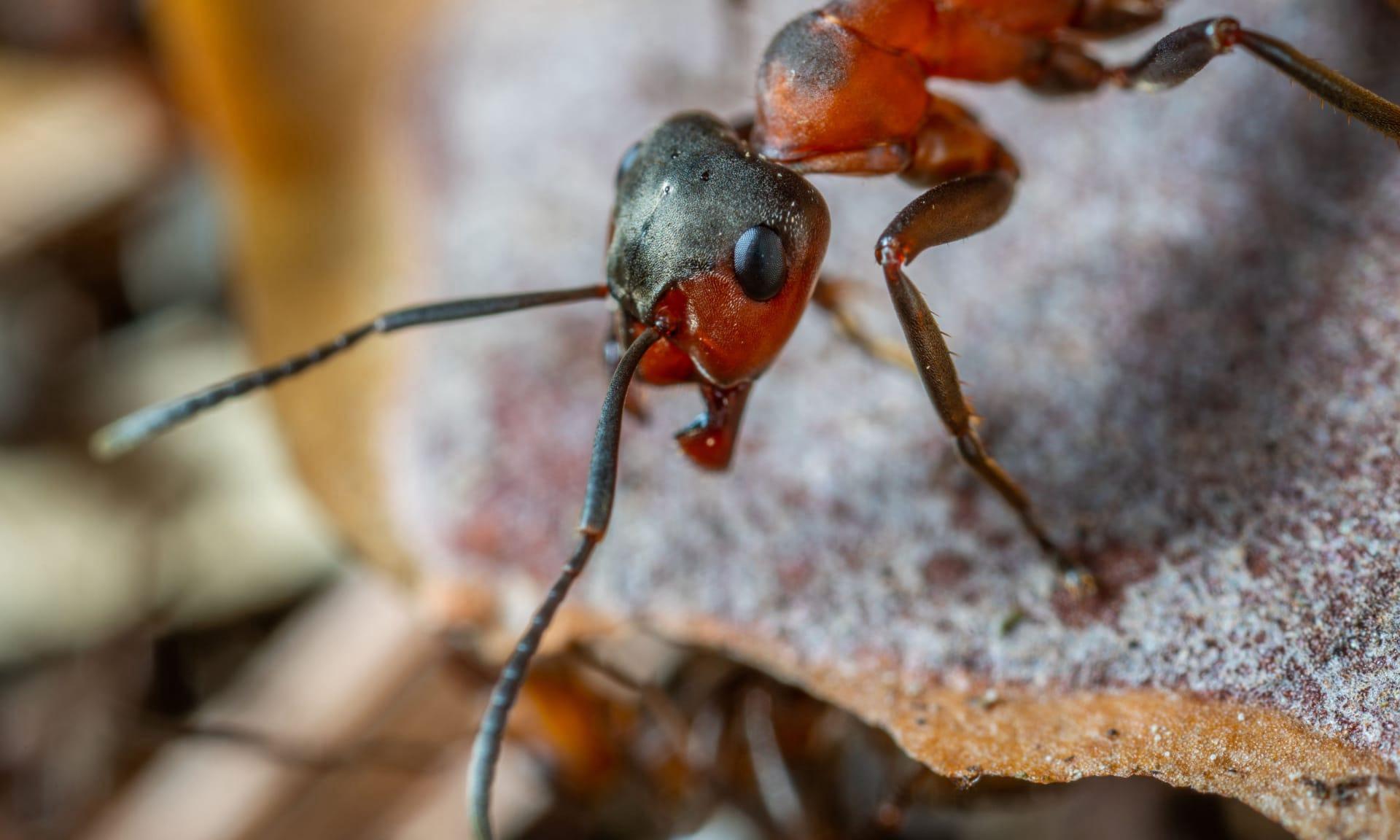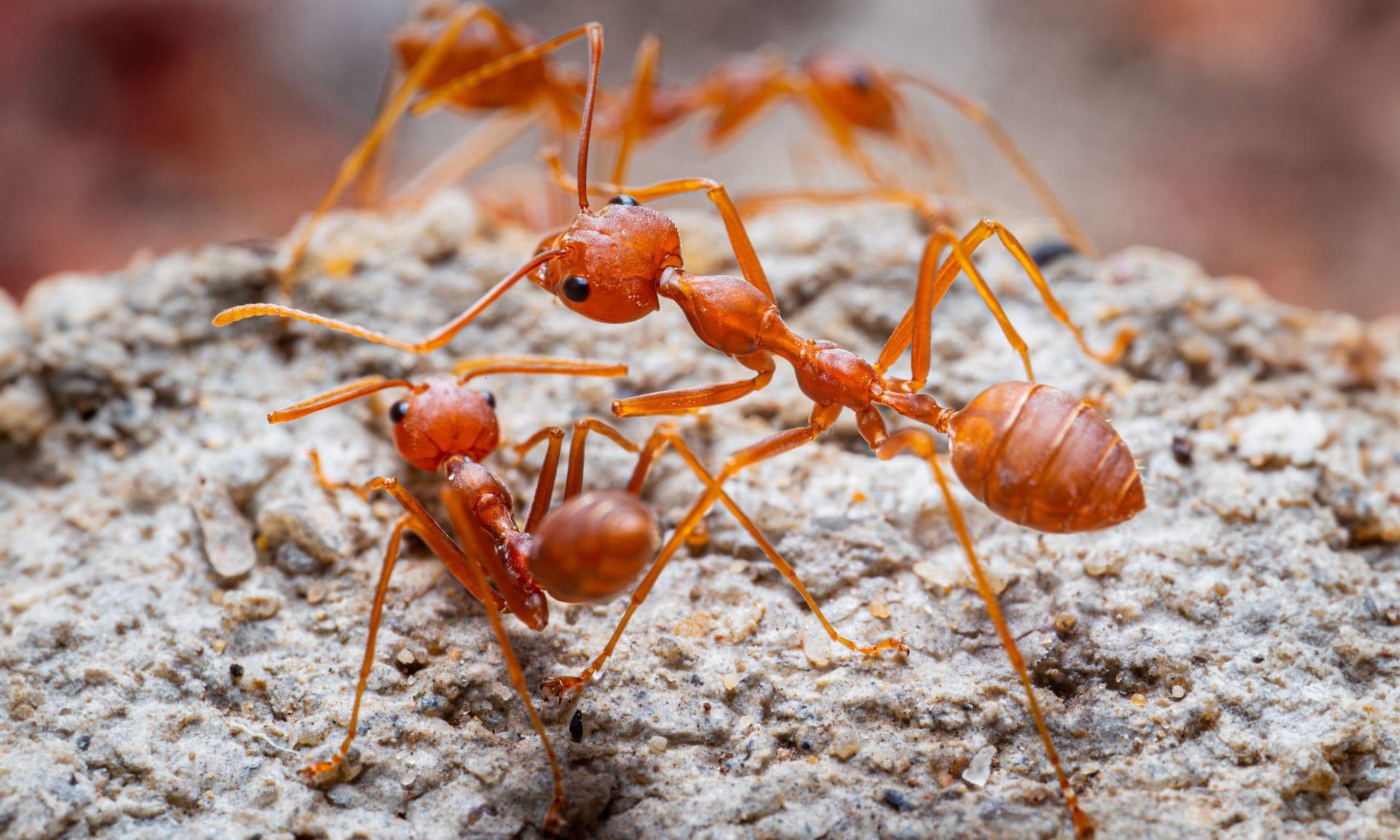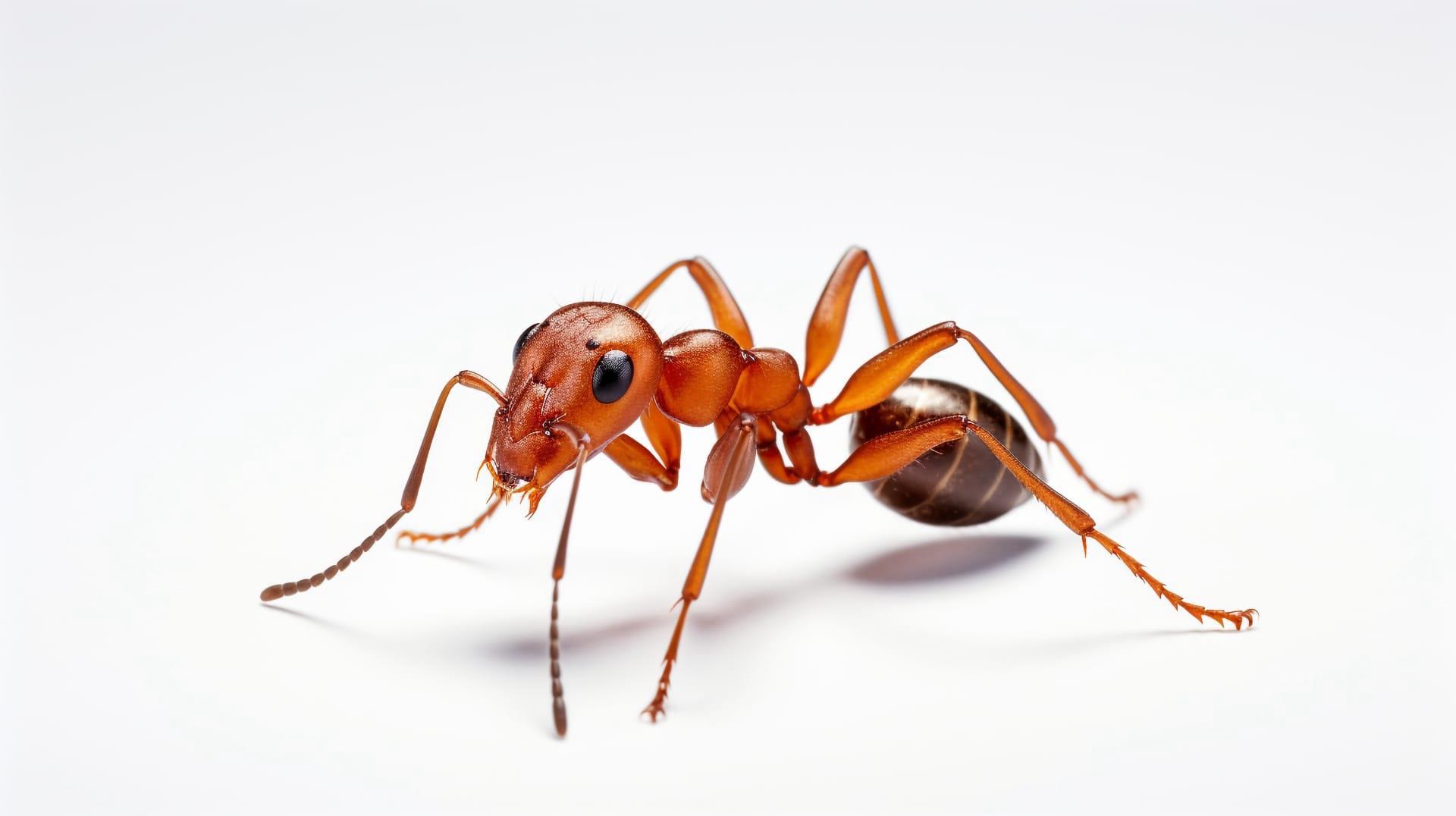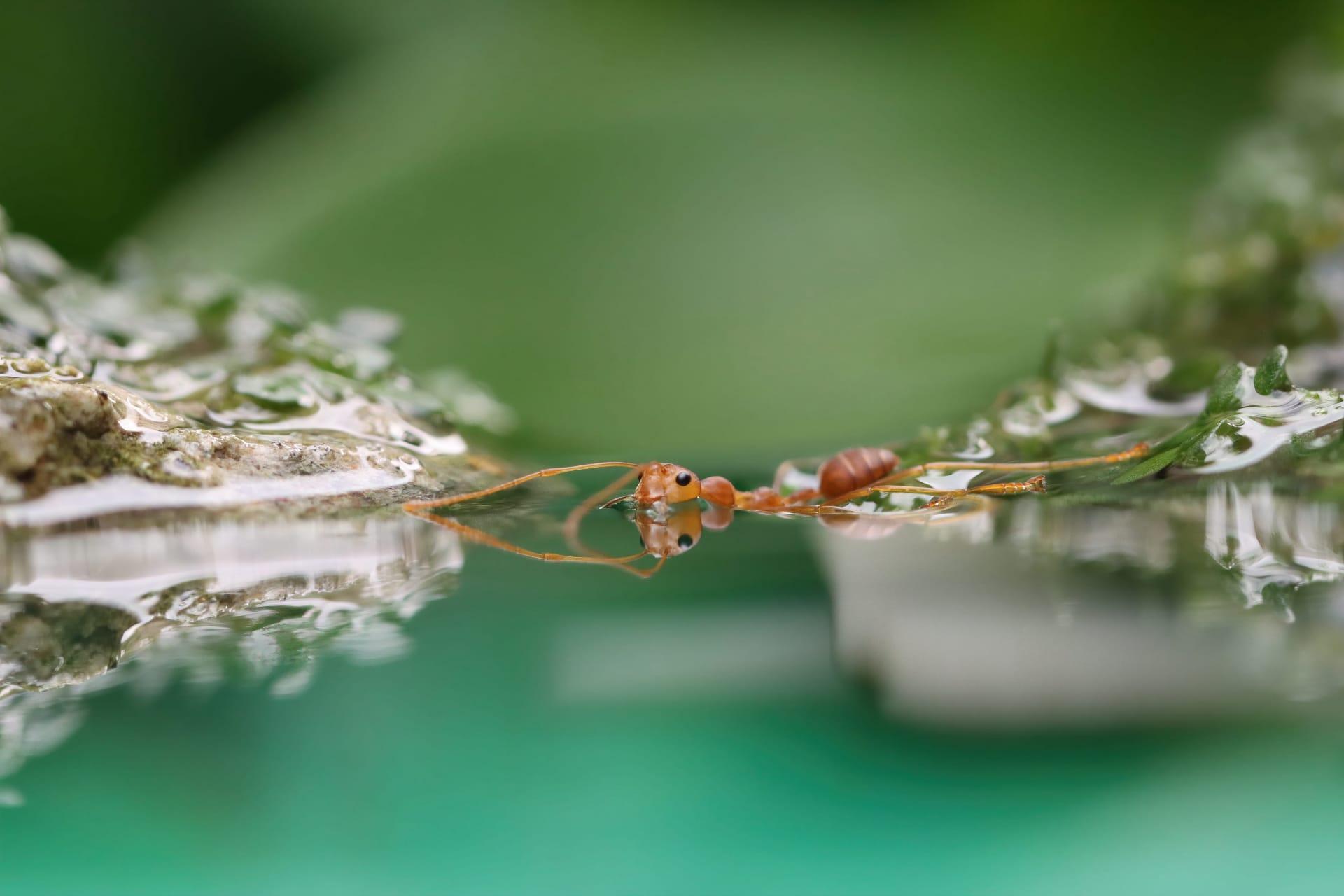Fire Ants Characteristics
- Home /
- Mini Encyclopedia /
- Animal /
- Fire Ants Characteristics
1
Fire ants, a species known for their fiery sting, are small yet fascinating creatures. These ants typically measure between 1/8 to 1/4 inches in length. Their reddish-brown to black bodies are segmented and showcase a remarkable design. When it comes to lifespan, a worker fire ant lives about 5 weeks, whereas queens can live up to 7 years, a testament to their resilience in the insect world.
The most distinct organ of fire ants is their venom-injecting stinger. Located at the end of their abdomen, this stinger is not only their defense mechanism but also a tool for subduing prey. The venom, a toxic alkaloid-based compound, is potent enough to cause significant pain to humans and can be deadly to smaller animals. This stinger sets them apart in the insect kingdom, making them both respected and feared.

2
Question: Why do fire ant bites feel so painful?
Answer: The pain from a fire ant bite is primarily due to the insect's venom. When a fire ant bites, it injects a venom composed of over 40 different proteins, which causes the intense burning sensation, often compared to feeling like fire - hence their name. This reaction is actually the body's response to the proteins in the venom, resulting in redness, swelling, and sometimes an allergic reaction. The pain and irritation can last from a few minutes to a few days, varying from person to person.

3
Fire ants are known for their agility and speed. They can quickly cover ground, moving at speeds up to 0.8 meters per second. This is particularly impressive considering their small size. Their movement is also characterized by a swarming behavior, especially when threatened or attacking prey.
In terms of feeding, fire ants are omnivorous. They primarily feed on plants, seeds, and sometimes fungi. However, they are also proficient predators, hunting small insects and animals. Fire ants use their venom to immobilize their prey before consuming it. They are also known to engage in a behavior called 'tandem carrying,' where multiple ants work together to transport large food items back to their nest.

4
Fire ants thrive in warm, sunny environments. They are commonly found in open areas like fields, parks, and lawns. Their nests, often seen as mounds of soil, can be up to 40 cm in height and house thousands of ants. These mounds protect the colony from external threats and help regulate temperature and humidity.
Reproduction in fire ants is a fascinating process. The colony's queen is the only one that lays eggs, and she can lay up to 1,500 eggs per day. During mating flights, male ants, also known as drones, mate with the queen in the air, after which they die. The queen then returns to the nest to lay eggs, which hatch into the next generation of workers, continually expanding the colony.

5
Book: "The Fire Ants" by Walter R. Tschinkel. This book, published in the United States in 2006, offers a comprehensive overview of the biology and behavior of fire ants. Tschinkel, a renowned entomologist, delves into the intricacies of their social structure, survival strategies, and impact on ecosystems. It's a definitive resource for understanding these complex insects.
Book: "Fire Ants and Leaf Cutters: Biology and Management" by John L. Capinera. Published in 2012, this book provides insight into not only fire ants but also leafcutter ants. Capinera, an expert in entomology, explores their environmental impacts, control strategies, and the challenges they pose. The book is an essential read for anyone interested in the ecological aspects and management of these invasive species.